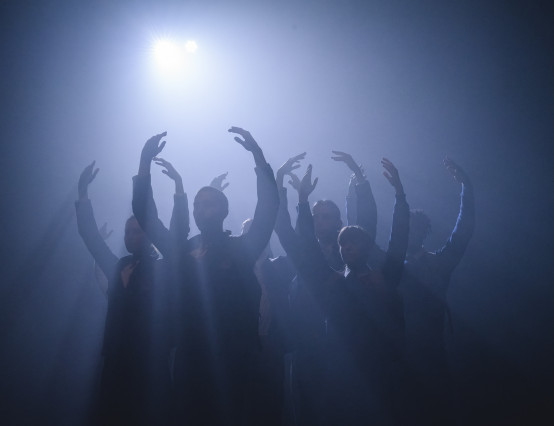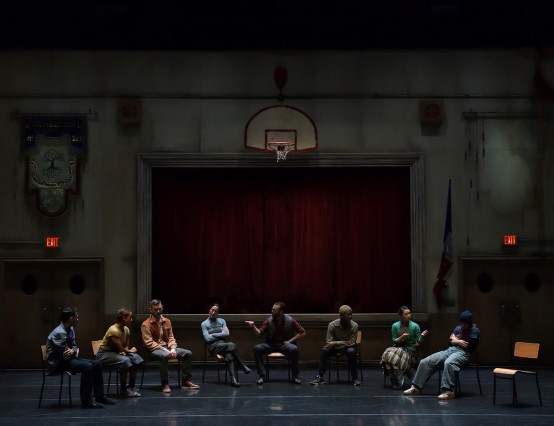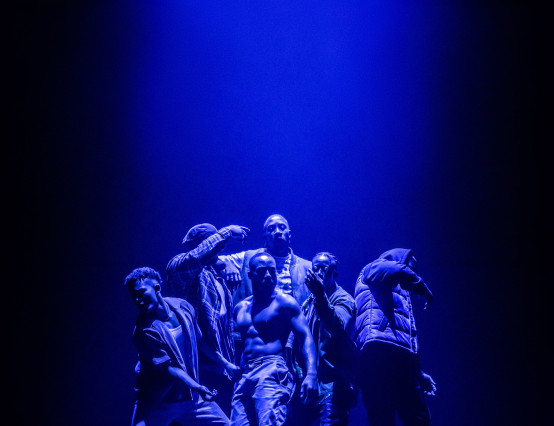Malachi is starting university and not only embarks the challenges of such a big change and settling in but also having to battle an ominous monster that seems to have broken out of his dreams.
Kwame Owusu’s writing has a great master of poetical language which viscerally describes the feelings of the protagonist Malachi. The novel-like descriptions are a rich landscape for the story and the use of rhyming onomatopoeically matches each moment Malachi passes through. The climax of the play is Malachi fighting his monster as he uses hope to hack at pain and anxiety. The intersectionality of this story provides heartfelt insight into experiencing racism and internalised homophobia whilst also transmitting the universality of embarking on a new path in life.
Kwame Owusu’s direction has a firm hold on the vision but sometimes lacked in measuring the pace. The piece often felt rushed and consequently cut short the weight of certain emotions and moments. However, a highlight is Owusu’s ability to visually portray the surreal dream sequences through the combination of light, sound and space.
The sweet Malachi is played by Tienne Simon and portrays a coy and youthful 18-year old. What could be interpreted as the character’s immaturity sometimes resulted in a lack of a confident audience connection. However this is remedied by his warmth, ability to share his excitement of falling in love and timely humour.
Holly Khan’s sound design elevated certain moments in particular the impactful thumping of the monster giving a mysterious presence to the unseen character and the Heartstopper-esque tender music when we see Malachi falling for Kojo. Also Khan effectively used relatable sounds such as the anxiety inducing iphone alarm for Malachi's cold sweats when he wakes up from his nightmares. Whilst the sound was accomplished it occasionally lacked subtlety in the transitions resulting in some abrupt changes.
Tomas Palmer's set was particularly effective in positioning Malachi as rather small within the space and below the oppressive ceiling. This helped share the protagonist's perspective of how he sees himself within the world. Also there were some interesting interactive moments such as when he frustratingly scratches the carpet and when the carpet was pulled back to impactfully reveal the shiny water-like mirror.
Dreaming and Drowning culminates in the protagonist realising that he needs to dream in order not to drown and presents hope for anyone struggling with their own monsters.






0 Comments